It’s very hard, if not impossible, to declare one year as “the best ever” in the history of film. 1955, 1977, and 1999 are all common candidates for this title holder among critics and audiences, but one can never be too definitive about art. These years all received their praise in retrospect, as we look back several decades later and realize the impact many of these films have had on culture, and film as an art. Charles Laughton’s Night of the Hunter, for example, was totally dismissed upon its release in 1955, but is now rightfully recognized as a masterpiece and major influence upon modern day cinema. To declare that the current year we are living in was the “greatest year” before the year is even over would be ridiculous, right? Well, the big studio execs in 1938 didn’t think so.
In 1938, movies were seeing a slight dip in attendance for reasons financial, cultural, and social. In order to combat this crisis, a group of Hollywood executives from all the major studios banded together in an effort to promote moviegoing. They did so through an ill-conceived public relations campaign titled “Motion Pictures’ Greatest Year”. Introduced in the summertime, the campaign challenged the average American to see as many movies as they could within the last six months of the year as a sort of duty to the nation’s well being. Advertisements and articles essentially guilted consumers into going to the movies to help stimulate the economy and promote the common good, and created contests in which audiences could win cash prizes by answering trivia about the year’s films.
This didn’t work.
Generally, 1938 is a largely forgotten year in film history. At this time, critics and audiences felt unheard in their demands to studios to actually consider the quality of their movies over quantity. But studios appeared to have finally got the message the following year in 1939, a year which critics and historians actually call “the greatest” in film history.
The amount of classics to come out of 1939 is staggering. Why this happened probably evades explanation, but it perhaps has something to do with what came after this year, that is, the second world war, which would fundamentally change the cinematic landscape and make audiences nostalgic for the time “before”. After this, everything will change. 1939 had a bit of everything for everyone which allowed for waves of moviegoing and some of the most financially successful films of all time. Now, 85 years later, we have the gift of retrospect to help us understand why that year was so important. In order to better understand what made this year so great, I have tried to pin down and elaborate on just five of the many contributing factors, from the films themselves, to the people that made them, to us, the audience.
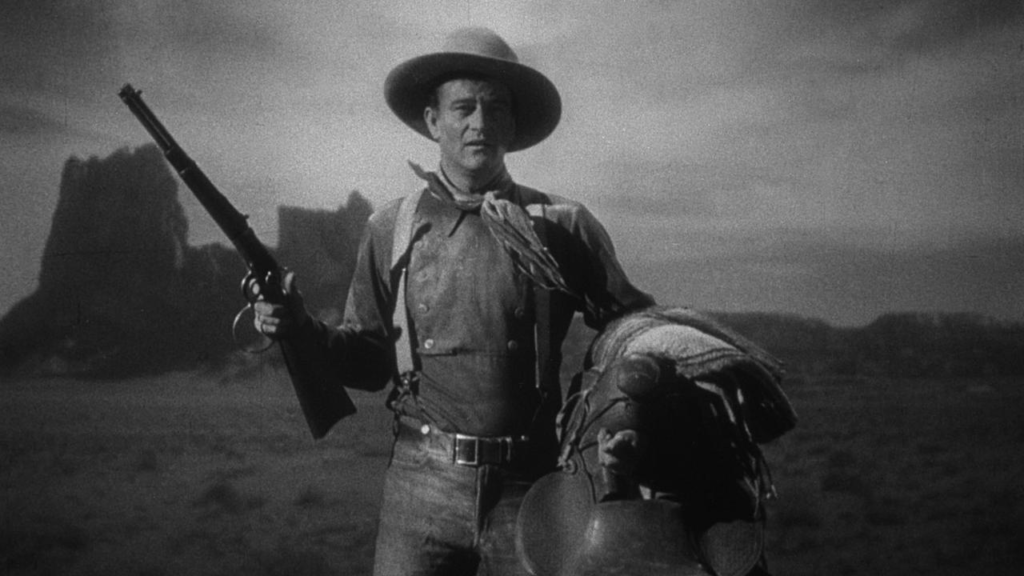
- Enter John Wayne
By 1939, John Wayne had been acting for well over a decade as an extra and in supporting roles. He was a familiar face around the Hollywood backlot, but it is John Ford’s seminal western Stagecoach where “The Duke” would make his real entrance on the world stage. In the film, a group of four passengers take a coach on a southwestern trail. On the way, they are halted by Ringo Kid, a dangerous outlaw played by Wayne. “Hold it!” he shouts. The camera zooms in as he twirls his shotgun in his hand in front of a desert backdrop, and a star is born. This moment in Wayne’s career is undeniable, and indicates the power of the movie star in Hollywood’s golden age. Throughout the 1930s, the western which had defined the years of early moviemaking had been largely discarded by studios in favor of stories of urban living, but 1939 was a year that helped revive the genre. And with the war just over the horizon, Wayne and a stable of other western stars would come to define a new era of cinema and mid-century American masculinity.
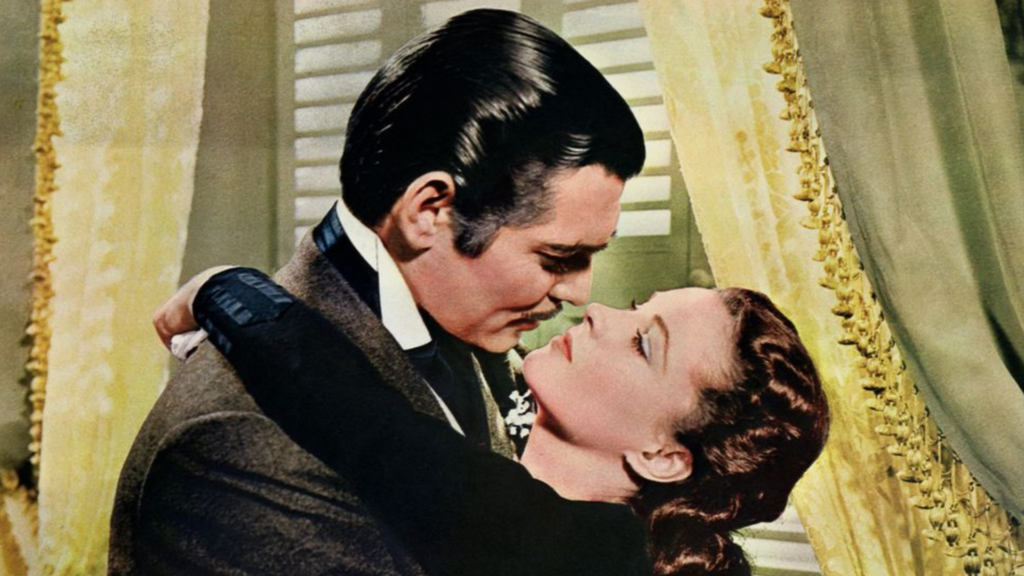
- Gone with the Wind Makes Bank
To say that Gone with the Wind was a phenomenon would be a vast understatement. Adjusted for inflation, it is recognized as the highest-grossing film of all time, no small feat for a female-led period piece with a four-hour runtime. The craze around the film even preceded its production, as the quest to find the perfect Scarlett O’Hara was greatly publicized in order to generate more buzz. Today, we can watch a handful of screen tests from starlets of the era testing for the role, but none come even close to matching the genius of Vivien Leigh, who as a British stage actress seems to have almost been born to play the iconic southern spitfire. Her co-star, the devilishly handsome Clark Gable, was so famous as to be dubbed “The King of Hollywood” of his era as the natural successor to Douglas Fairbanks. My own grandmother, who saw the film in Northern Ireland during the war, specifically remembers swooning over Mr. Gable along with her girlfriends and the rest of the audience. Visually, the film is stunning, and a terrific example of early three-strip Technicolor. It does, however, show its age in its story and themes. Even at the time, critic Frank S. Nugnent for the New York Times called the undoubtedly ambitious film “a major event in the history of the industry but only a minor achievement in motion-picture art.”
It would be wilfully ignorant to not mention the vast controversy elicited by the film then and now. At the time, Black critics called attention to the film’s nostalgic view of the South’s efforts during the Civil War and its perpetuation of the Lost Cause mythology, which claims that the Confederacy was motivated by heroic and noble preservation of southern heritage rather than the right to keep slaves. Writes Melvin B. Tolson:
“Birth of a Nation was such a barefaced lie that a moron could see through it. Gone with the Wind is such a subtle lie that it will be swallowed as truth by millions of whites and blacks alike”
The film was nominated for thirteen Oscars at the 12th Academy Awards, and won eight, the most notable being that of supporting actress Hattie McDaniel. McDaniel plays “Mammy,” one of the film’s many stereotypical Black characters who misguidedly portray a friendly, mutually respectful relationship between slaves and plantation owners. Still, within this highly offensive role, McDaniel manages to portray the character with nuance and sympathy, offering a consistently vibrant and memorable performance. McDaniel would be the first Black person to ever be nominated for and receive an Academy Award, and her reaction, which can also be viewed on Youtube, is very moving. She seems to be genuinely touched by the honor. Unfortunately, even her groundbreaking success in this moment was not enough to launch her into greater stardom. She continued to play supporting archetypal roles as maids and cooks. Perhaps most heartbreakingly, her deserved wish to gain the respect and fair treatment by mainstream society was unreachable even in death, as she was denied burial at the Hollywood Forever Cemetery because it was reserved for Whites Only.
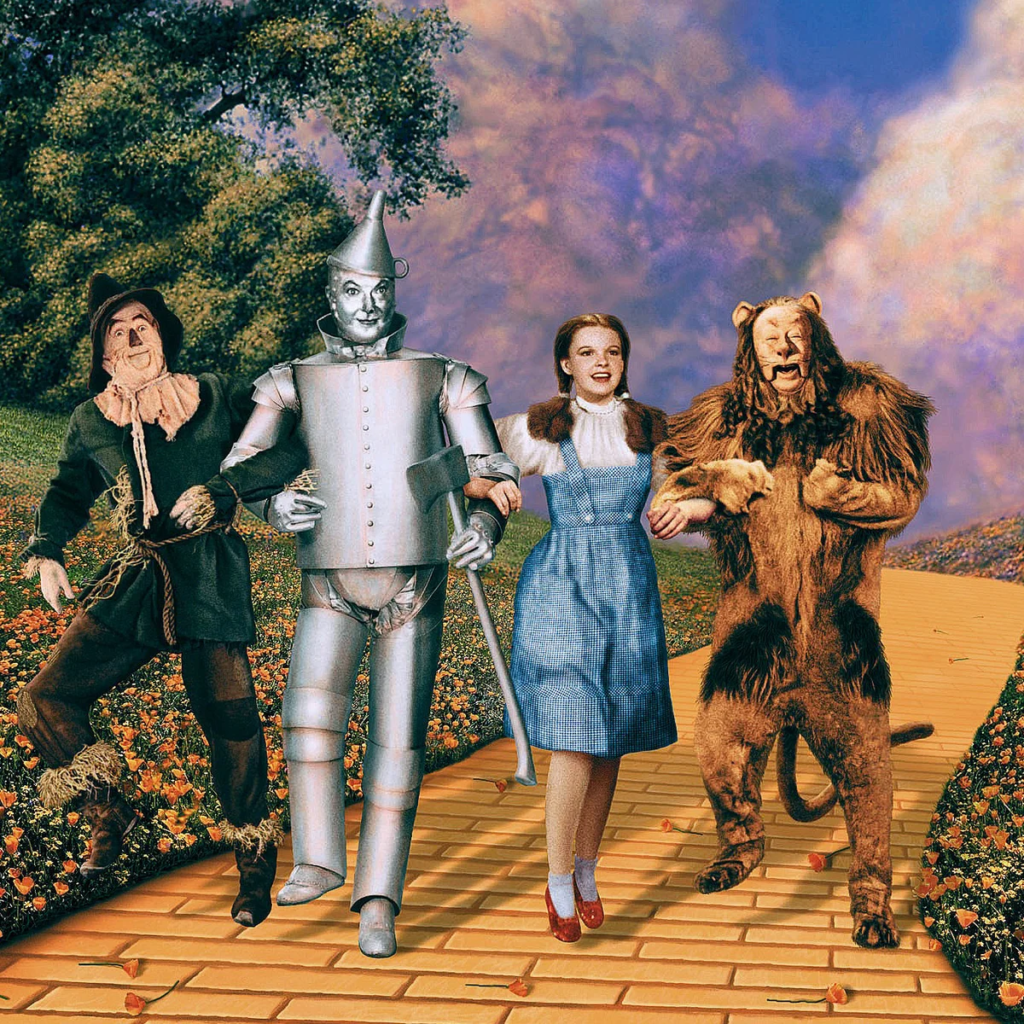
- “We must be Over the Rainbow!”
On a cultural level, it is perhaps impossible to name another film with a greater legacy than The Wizard of Oz. Its impact on yours truly cannot be overstated. From perhaps the greatest use of Technicolor of all time, to iconic imagery like the Emerald City and the Yellow Brick Road, masterful supporting performances from the likes of Frank Morgan and Margaret Hamilton, and its importance to the LGBTQ community as a tale of self-discovery and chosen family. Not to mention the score and the soundtrack full of instantly recognizable hits, composed and written by Harold Arlen and E.Y. “Yip” Harburg. Of all the memorable tunes, none stands the test of time, or moves listeners more than “Over The Rainbow”. The song comes early in the film, while we are still surrounded by sepia-toned Kansas farmland. Dorothy, played by the incomparable Judy Garland, sings to the sunlight poking through the clouds, Toto at her side, as she dreams of another world far from home. The song won that year’s Oscar for Best Original Song at the Academy Awards, and was recognized by the American Film Institute as the number one song in the history of American cinema. They don’t make em’ like this anymore, that’s for sure. But what’s so special about The Wizard of Oz is that there had never been anything like it beforehand, and nothing can even come close to matching its magic.
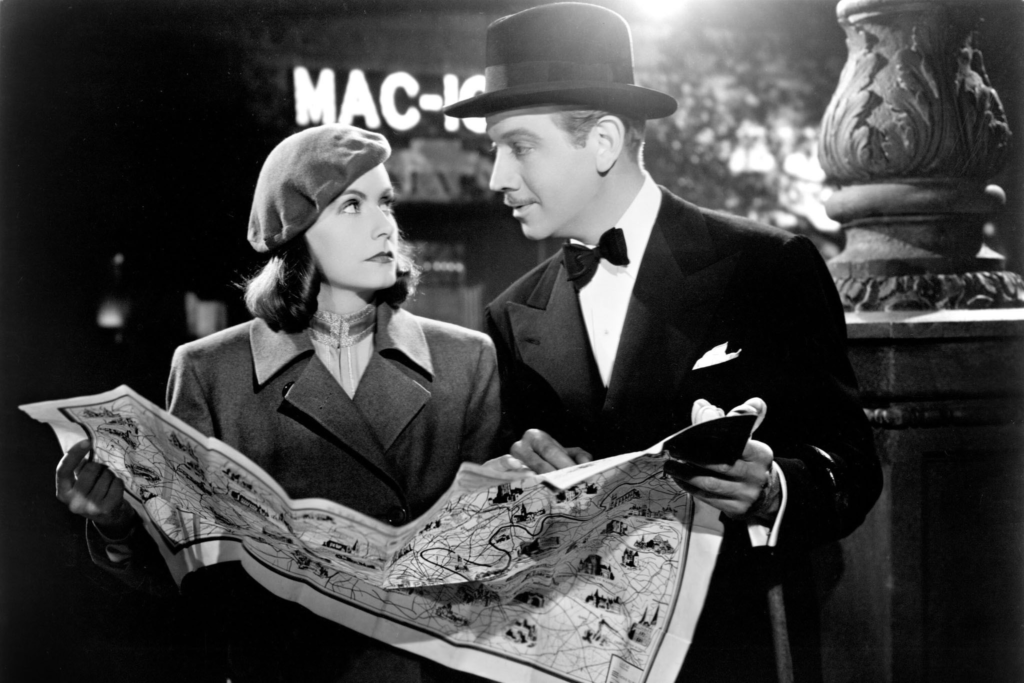
- Garbo Laughs!
By 1939, Swedish actress Greta Garbo had been just about the biggest name in Hollywood for over a decade. She was one of the few actors to successfully transition from silent films to talkies, despite (or perhaps because of) her European accent and deep voice. Her foreignness made her excitingly exotic for the time period, and her androgynous appearance made her all the more attractive to men and women alike. From the late 1920s and throughout the 1930s, she played the part of the temptress, the diva, or the tragic romantic lead who often found herself dead by the end of her films or in some state of heartbreak. That’s what makes her performances as the titular role in Ernst Lubitsch’s Ninotchka all the more special.
In the film, Garbo plays Nina Ivanovna Yakushova, a stoic Soviet agent who travels to Paris to study the ways of the western world, and soon finds herself in love with a French bachelor and man-about-town. She finds herself in a role like never before, showing audiences a totally different side of herself and her talents. To promote the film, posters featuring the smiling actress proclaimed “Garbo Laughs!” to drive home just how special an occasion it was that the great drama queen of 1930s Hollywood was trying her hand at comedic acting. To put it one way, she is very “cute” in the film, a word that could rarely be applied to Garbo and I in no way mean that disparagingly. Her deadpan humor early in the film is spot on, and soon turns into a charming, childlike fascination with the finesse of French society and luxury of western excess.
What makes this film all the more important is its position within Garbo’s filmography, that is, at the end. This would be the second to last film of Garbo’s illustrious career. She would go on to make one more comedy, The Two Face Woman, which didn’t go over so well with critics or audiences, and she soon after ended her contract with MGM. She had always been at odds with the conceit of film stardom, and generally preferred to be alone. With this as her (almost) swan song, Garbo left behind a far more dynamic legacy as an actress of supreme talent, one who can shatter expectations and adapt to the most unpredictable of circumstances.
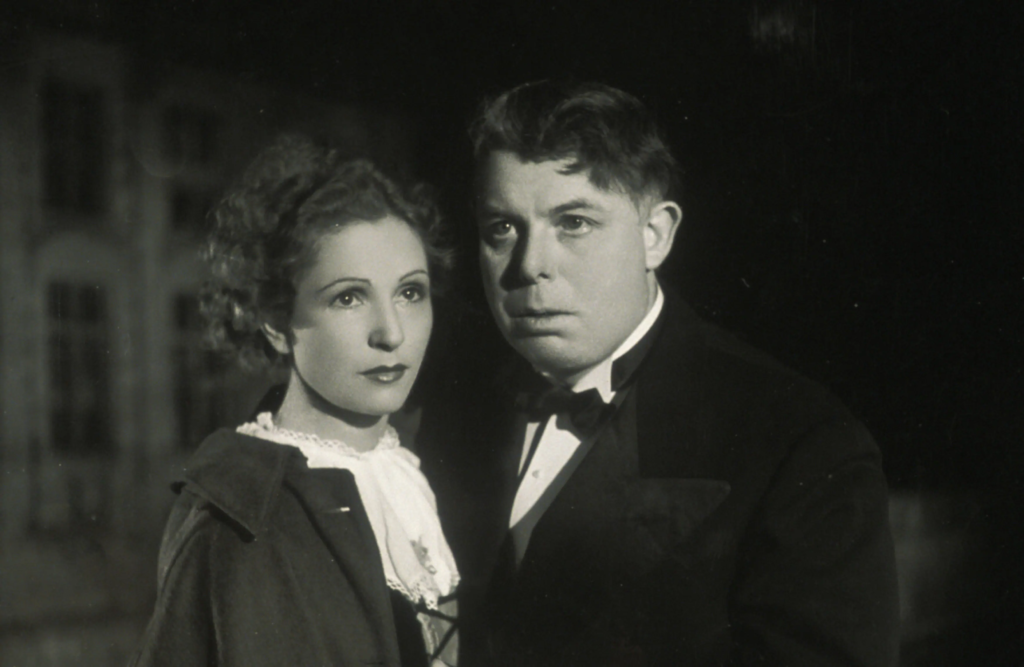
- Jean Renoir breaks the rules
Jean Renoir, son of the notable French painter Pierre-Auguste, was already a well-respected director by 1939, with classic titles like La Grande Illusion and La Bête under his belt. But it is his 1939 project, The Rules of The Game, which would go on to be both his most controversial, and eventually his most celebrated.
The film takes place at a French countryside chateau over the course of a few days, as the refinement of the upper classes quickly descends into debaucherous chaos. In this French Comedy of manners, the oncoming war is conspicuously omitted in order to illustrate the bubble within which the upper crust so happily operates.
The film was heavily promoted and very expensive. Though it caused significant fanfare upon release, its notoriety was for all the wrong reasons and would eventually lead to its downfall. Much of its early criticism came from French rightwing groups who found the film distasteful and unpatriotic. To salvage his and the film’s reputation, Renoir cut up the film into pieces, resulting in an 85 minute runtime which only lead to further criticism that the film was rushed and convoluted. The film was soon banned for, in the spirit of Socrates, having a corrupting influence on the youth of France.
For some time, the film was thought to be lost completely. In a story all too familiar to the early decades of cinema, the lab that held the original negative was destroyed in a bombing during the war. Thankfully, an 85-minute print was discovered in 1946, and it did the rounds at cinematheques and began to be recognized as an unappreciated work of satire. In the 1950s, film enthusiasts found negative prints of the original version of the film and other materials to ultimately restore the film to a 106-runtime. Renoir was reportedly delighted upon viewing the restoration, and the film would soon be regarded as a masterpiece of French cinema. Two decades removed, and with the New Wave on the horizon, critics praised the prescient criticism of the upper classes and trivials rules of society. Renoir, for his part, is regularly named as a major influence on a number of the world’s premiere filmmakers. Today, it routinely finds itself highly ranked on “greatest of all time” lists, and stands as a point of pride in the history of French cinema.
The greatest or not, it is impossible to deny that 1939 was one of the most important and impactful years in the history of film. If you are someone daunted by the scope and variety of the earlier decades of cinema, I imagine this would be a pretty great place to start. If you consider the classic days of filmmaking to be boring and uninteresting, I invite you to seek out this year and its abundance of classics to perhaps change your mind.





